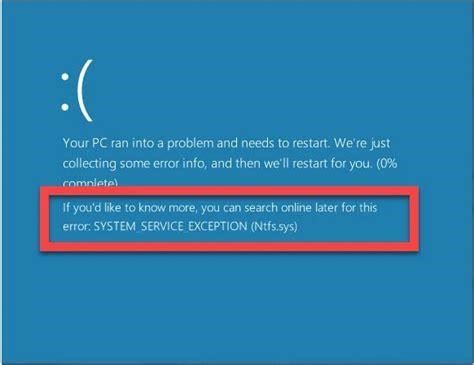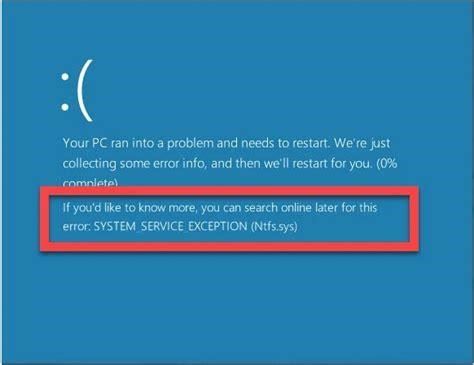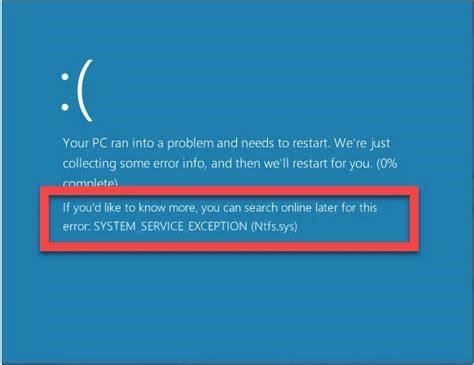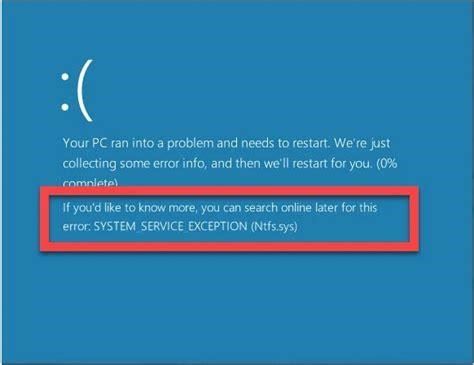Navigating Windows Like a Pro: Mastering Cursor and Mouse Keys
We’ve all been there – furiously mashing arrow keys during an intense gaming session only to have the mouse cursor jump wildly around the screen. Or maybe we just wanted to quickly navigate through a text document but kept ending up clicking random spots instead. It’s a common and irritating Windows quirk caused by a handy but often unnecessary accessibility feature called Mouse Keys.
In this guide, we’ll walk through the ins and outs of properly configuring Mouse Keys on Windows 10 and 11 to optimize cursor control and restore sanity to your arrow key presses.
What Are Mouse Keys?
Mouse Keys is an accessibility feature built into Windows to allow controlling the mouse cursor solely from the keyboard, using the numeric keypad. It’s designed to help users navigate the operating system if they have difficulty manipulating a physical mouse.
Does Windows 10 have erratic mouse movement?
Computer users complain about one of the most annoying experiences: erratic mouse movement in Windows 10. Some of the four common issues that almost always come up include mouse or touchpad freezing, mouse cursor disappearing, slow or no cursor movement, and overall not smooth mouse movement.
How to bring back mouse pointer Windows 10?
In this case, you can bring back the mouse pointer by either updating or reinstalling these drivers. Press Win + X, use the arrow keys to select the Device Manager, and then press Enter. Press Tab and then use the down-pointing arrow key to navigate to the Mice and other pointing devices option.
When enabled, pressing the numeric keypad arrows moves the cursor in the corresponding direction. The 5 key acts as a left click, + is a double click, and – is a right click. This can be convenient for some but also unintentionally activated, leading to the erratic cursor jumps from simply pressing directional keys.
How to Toggle Mouse Keys
If you’ve noticed your cursor moving around when tapping arrow keys, Mouse Keys is likely enabled. The quick fix is to turn it off using the following keyboard shortcut:
- Left Alt + Left Shift + Num Lock
This will instantly toggle Mouse Keys on or off. However, keep in mind that it doesn’t disable the Mouse Keys feature entirely – just the numeric keypad functionality .
To completely turn off Mouse Keys, we’ll need to access Windows’ ease of access settings:
Via Control Panel
- Open the Control Panel (search from the Start Menu)
- Click "Ease of Access Center"
- Select "Make the keyboard easier to use"
- Uncheck the box for "Turn on Mouse Keys"
Via Windows Search
- Hit Windows key and type "mouse keys"
- Click "Control the mouse pointer with the keyboard"
- Toggle the switch to Off
Alternatively, you can fully disable Mouse Keys by downloading a .reg file and running it. The appropriately named "Turn_OFF_Mouse_Keys.reg" will automatically make the necessary registry tweaks .
How do I change the cursor speed in Windows 10?
Select your primary button: Switch the primary mouse button to the left (default) or right. If you prefer using a mouse with your left hand, this is the first option that you may want to modify. Cursor speed: Drag the slider to the left or right to determine cursor speed.
How do I set a pointer in Windows 10?
Then click the “Mouse settings” shortcut that appears. In Mouse settings, locate the “Related settings” section and click the “Additional mouse options” link. When the “Mouse Properties” window opens, click the “Pointer Options” tab and place a checkmark beside “Show location of pointer when I press the CTRL key.”
How to change mouse pointer in Windows 10?
If you want to change the mouse pointer, switch to the Pointers tab, select the default mouse cursor, and click on the Browser button. Select a pointer that feels more prominent and apply the changes. How to fix unexpected mouse pointer Jumps?
Try Loading Your Programs Selectively
In some cases, Mouse Keys gets triggered due to conflicts with certain programs. Microsoft Paint is a common culprit, as it allows arrow key navigation when open .
Try closing Paint and other nonessential apps before gaming or doing other mouse-heavy tasks. You may find it solves the issue without having to fully disable Mouse Keys.
Loading programs selectively prevents multiple features from fighting over cursor control. Close resource-intensive software when not needed for smoother performance.
Update Your Drivers
Outdated, corrupted, or misconfigured drivers can also cause the mouse cursor to spaz out when pressing keys like page up/down or the arrows. It’s good practice to periodically update your input device drivers:
- Mouse/trackpad driver
- Keyboard driver
- USB drivers
This prevents glitches, improves responsiveness, and unlocks access to the latest features. Manufacturers frequently optimize drivers, so it’s best not to leave them as-is indefinitely.
Clean Install Windows
If you’ve tried the above steps to no avail, issues like mouse lag, stickiness, or screen jumping may stem from a deeper Windows problem. Corrupted system files, old Windows updates, misconfigured settings, and bloatware can all cause performance hiccups.
How to change cursor on Windows 11?
Alternatively: Control Panel > Ease of Access > Change how your mouse works > Choose a pointer. Custom schemes: Start > Settings > Bluetooth & devices > Mouse > Additional mouse settings > Pointers. This article explains how to change the cursor on Windows 11.
How to fix mouse not working windows 11?
1. Since the mouse is not working, you need to use various Windows 11 keyboard shortcuts, Tab, and the arrow keys to navigate between all the options. Begin with the “Windows + R” shortcut to open a Run window, type devmgmt.msc, and hit Enter. This Run command will open the Device Manager window.
How do I Fix my mouse pointer on Windows 10?
Right-click the Windows Start button and select Settings. In the left sidebar, navigate to Bluetooth and devices. In the right-hand pane, click Mouse. Go to Additional mouse settings. Navigate to the Pointer Options tab in Mouse Properties. Uncheck the box for Enhanced pointer precision. Disabling it should relax your mouse pointer.
Why is my mouse cursor not moving on Windows 11/10?
No cursor movement on Windows 11/10 If your mouse cursor or pointer does not move at all, after checking if you need to update its Driver, check if you have inadvertently turned off the Touchpad. Next, follow these suggestions. 1] Close all programs on your device and save data before turning your system off.
In such cases, a clean reinstall of the operating system can restore smooth sailing:
- Back up your personal data
- Boot into Windows installation media
- Choose custom install
- Format the OS drive partition
- Install Windows onto the blank partition
This will refresh Windows with factory settings while retaining your apps and user profiles. You may need to reinstall certain programs afterwards.
Remember These Pro Tips
With the above troubleshooting, you should be able to banish erratic cursor jumps and take full control of key-based navigation in Windows. Some key pointers to remember:
- Toggle Mouse Keys quickly with Left Alt + Left Shift + Num Lock
- Turn off Mouse Keys fully in ease of access settings
- Force close potential conflict programs like Paint
- Keep mouse/keyboard drivers updated
- Refresh Windows as needed for optimal performance
Enjoy frustration-free computing and gaming with these tips. Let us know if the problem persists or if you have any other Windows navigation tricks up your sleeve!
How do I fix a lost mouse cursor?
If you lose your cursor often, you might want to consider turning on “Display pointer trails” in this window as well. The “Mouse Properties” window will close. Exit settings as well. Now, any time you can’t find your mouse cursor on the screen, just press the Ctrl key. An animated shrinking circle will appear around the cursor.
What do I do if my mouse cursor disappears?
If the Windows mouse cursor disappears, unplug the mouse and then plug it back in, restart your computer, check for Windows updates, and run the built-in device troubleshooter. If you’re using a laptop, check for a switch near the touchpad or try one of the function keys, like F6 or F9.




